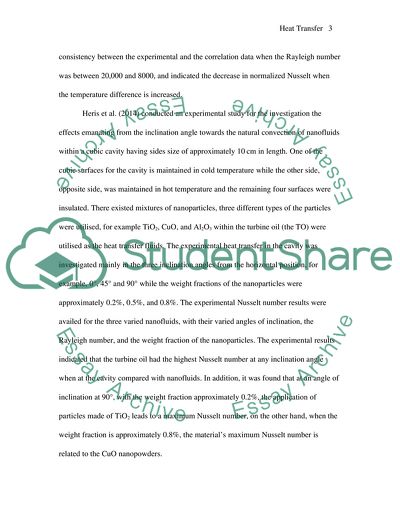Cite this document
(Technical Comprehension in the Subject Area of Heat Transfer Assignment Example | Topics and Well Written Essays - 1500 words, n.d.)
Technical Comprehension in the Subject Area of Heat Transfer Assignment Example | Topics and Well Written Essays - 1500 words. https://studentshare.org/engineering-and-construction/1870760-assess-your-technical-comprehension-in-the-subject-area-of-heat-transfe
Technical Comprehension in the Subject Area of Heat Transfer Assignment Example | Topics and Well Written Essays - 1500 words. https://studentshare.org/engineering-and-construction/1870760-assess-your-technical-comprehension-in-the-subject-area-of-heat-transfe
(Technical Comprehension in the Subject Area of Heat Transfer Assignment Example | Topics and Well Written Essays - 1500 Words)
Technical Comprehension in the Subject Area of Heat Transfer Assignment Example | Topics and Well Written Essays - 1500 Words. https://studentshare.org/engineering-and-construction/1870760-assess-your-technical-comprehension-in-the-subject-area-of-heat-transfe.
Technical Comprehension in the Subject Area of Heat Transfer Assignment Example | Topics and Well Written Essays - 1500 Words. https://studentshare.org/engineering-and-construction/1870760-assess-your-technical-comprehension-in-the-subject-area-of-heat-transfe.
“Technical Comprehension in the Subject Area of Heat Transfer Assignment Example | Topics and Well Written Essays - 1500 Words”. https://studentshare.org/engineering-and-construction/1870760-assess-your-technical-comprehension-in-the-subject-area-of-heat-transfe.


